Small-Business Success Story: A New Career in Solar Power
A former software engineer harnesses the sun to charge devices on the go.

Kiplinger's spoke with Dean Sala, 52, of San Jose, Calif., about rebounding from a layoff by building his own start-up. Here are excerpts from our interview:
You worked in high tech? Yes, for 23 years, 15 of them as a software engineer for Hewlett-Packard. In 2008, HP shut down my whole division, and I was out of a job. I didn’t see myself going back to software, so I returned to school to finish a second degree, in electrical engineering.
See Our Slide Show: 6 Surprisingly Simple Ideas That Made Millions
Why Suntactics? Solar power has interested me since I was a kid. When I returned to school, I teamed up with a partner to power a full-size glider with solar energy. We worked on other projects, and in 2009 we formed a general partnership to focus on making a portable yet powerful solar panel to charge a phone. In 2010, my partner said, “I don’t think this is going to work,” and left amicably. Since then, I’ve developed three products that can charge devices with a USB connection. I have provisional patents on my designs, and I’ve sold almost 10,000 units, mostly via our Web site (www.suntactics.com) and Amazon.com. Our chargers range in price from $140 to $240. They’ll charge an iPhone in two hours or less in direct sunlight, as fast as a wall outlet. They’re popular with outdoors enthusiasts, among others.
From just $107.88 $24.99 for Kiplinger Personal Finance
Become a smarter, better informed investor. Subscribe from just $107.88 $24.99, plus get up to 4 Special Issues

Sign up for Kiplinger’s Free Newsletters
Profit and prosper with the best of expert advice on investing, taxes, retirement, personal finance and more - straight to your e-mail.
Profit and prosper with the best of expert advice - straight to your e-mail.
You made the panels yourself at first? The cheapest solar-panel laminator I could find cost $50,000 and was full-size. I needed a pint-size one. So I built my first one out of parts from a pizza oven that I bought at Goodwill. I cranked out 2,000 panels in my garage.
Did you get any outside help? To perfect my process, I picked the brains of a scientist and a couple of engineering PhDs. But in my previous career, I never saw the sales and marketing end, and now I was trying to run a business. So I appealed to Score [www.score.org, a nonprofit group that mentors small businesses]. When I told them I couldn’t keep up with orders, that’s all they needed to hear. I have two counselors—one is an expert in manufacturing and the other in marketing. They helped me find a small manufacturer to produce more units under contract.
How did you finance your start-up? I took out a home-equity line of credit on my house and borrowed about $42,000. More recently, I got a line of credit that’s backed by the Small Business Administration.
Do you make a living? In 2013, we did more than $500,000 in sales, and I paid myself about $65,000. That’s a lot less than the $100,000 I made at the peak of my career as a software engineer, but because I’m a sole proprietor I can write off a lot of stuff on my tax return.
What’s ahead? Our next product will charge laptops. I’m gradually bringing production into my own facility because contracting it out is expensive. We need to get into retail outlets. Our products are sold in Batteries Plus stores, but it’s a struggle to get into sporting-goods and big-box stores.
Is your work rewarding? I’d rather do this than anything else. My customers are my bosses, and I like to make them happy. Plus, I bought a company car: a Chevy Camaro that replaces the ’68 model I sold to go to college and the ’98 pickup I had been driving. It’s my dream car.
Profit and prosper with the best of Kiplinger's advice on investing, taxes, retirement, personal finance and much more. Delivered daily. Enter your email in the box and click Sign Me Up.

-
 The 10 Best Splurge Destinations for Retirees in 2026
The 10 Best Splurge Destinations for Retirees in 2026Come for the luxury vacation. Retire for the lifestyle (if the vacay goes well). What better way to test a location for retiring abroad?
-
 Builders Are Offering Big Mortgage Incentives — What Homebuyers Should Watch For
Builders Are Offering Big Mortgage Incentives — What Homebuyers Should Watch ForBuilder credits and below-market mortgage rates can ease affordability pressures, but the savings often come with trade-offs buyers should understand before signing.
-
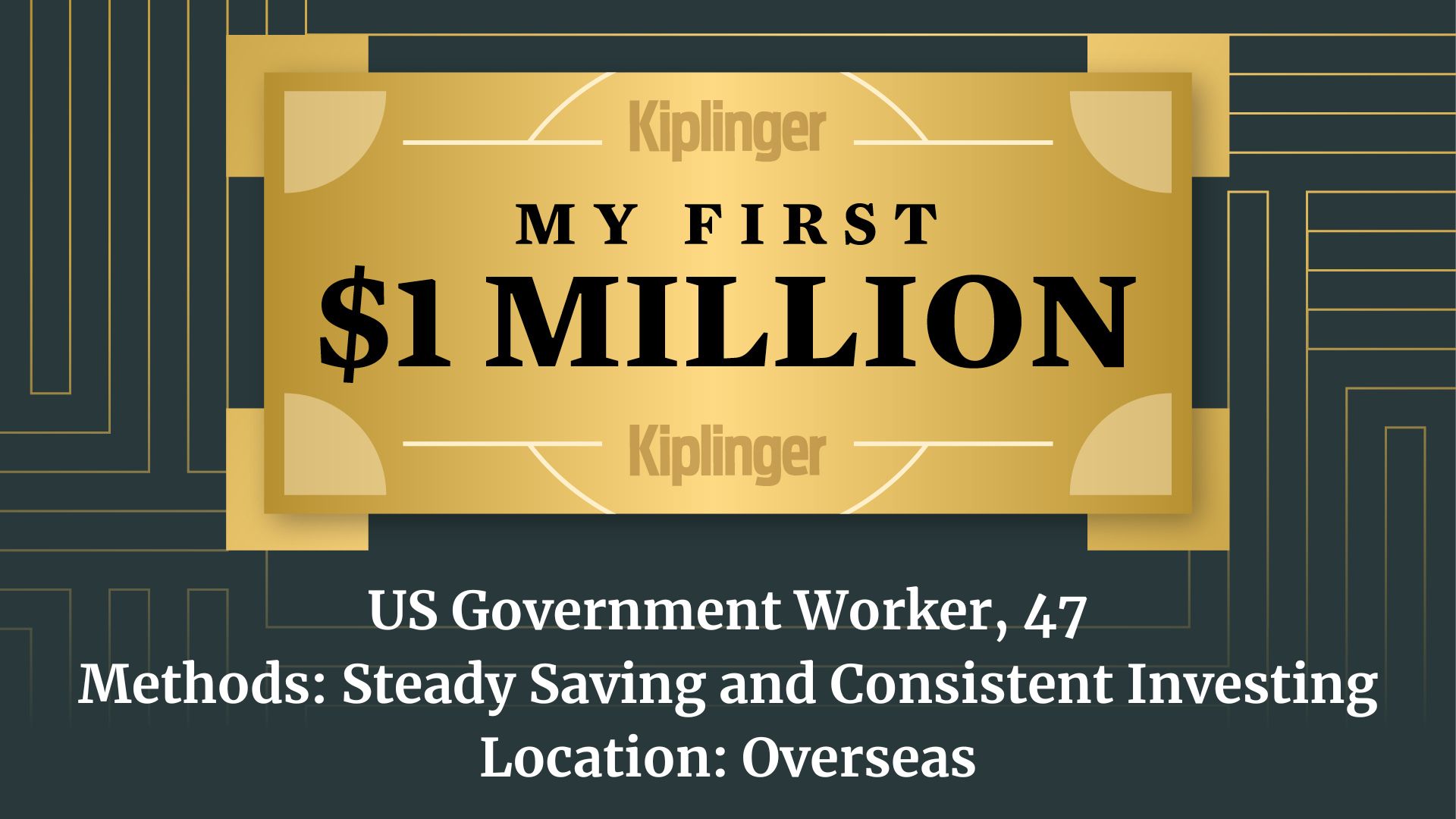 My First $1 Million: US Government Worker, 47, Overseas
My First $1 Million: US Government Worker, 47, OverseasEver wonder how someone who's made a million dollars or more did it? Kiplinger's My First $1 Million series uncovers the answers.
-
 How to Search For Foreclosures Near You: Best Websites for Listings
How to Search For Foreclosures Near You: Best Websites for ListingsMaking Your Money Last Searching for a foreclosed home? These top-rated foreclosure websites — including free, paid and government options — can help you find listings near you.
-
 Four Tips for Renting Out Your Home on Airbnb
Four Tips for Renting Out Your Home on Airbnbreal estate Here's what you should know before listing your home on Airbnb.
-
 Is Relief from Shipping Woes Finally in Sight?
Is Relief from Shipping Woes Finally in Sight?business After years of supply chain snags, freight shipping is finally returning to something more like normal.
-
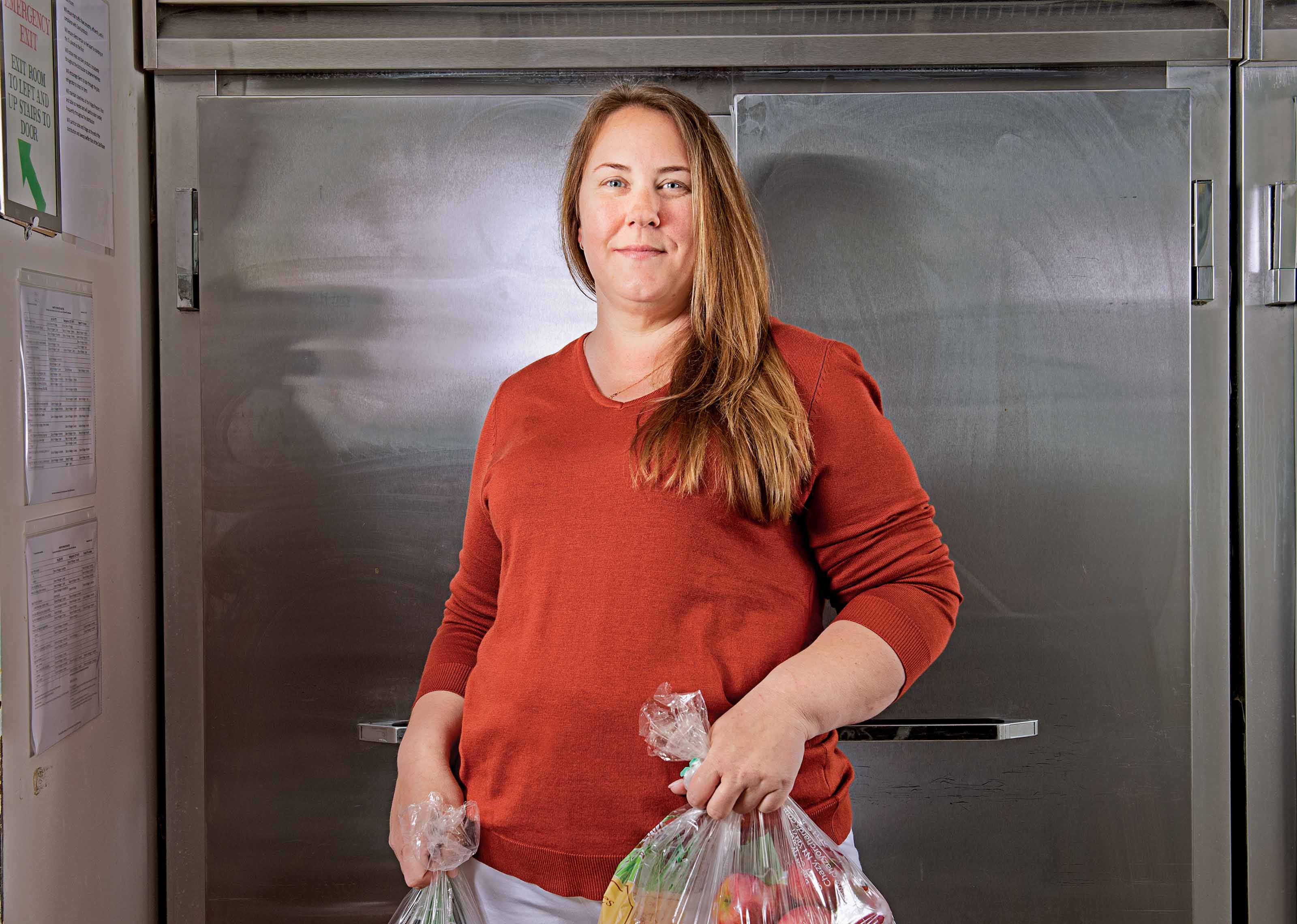 Economic Pain at a Food Pantry
Economic Pain at a Food Pantrypersonal finance The manager of this Boston-area nonprofit has had to scramble to find affordable food.
-
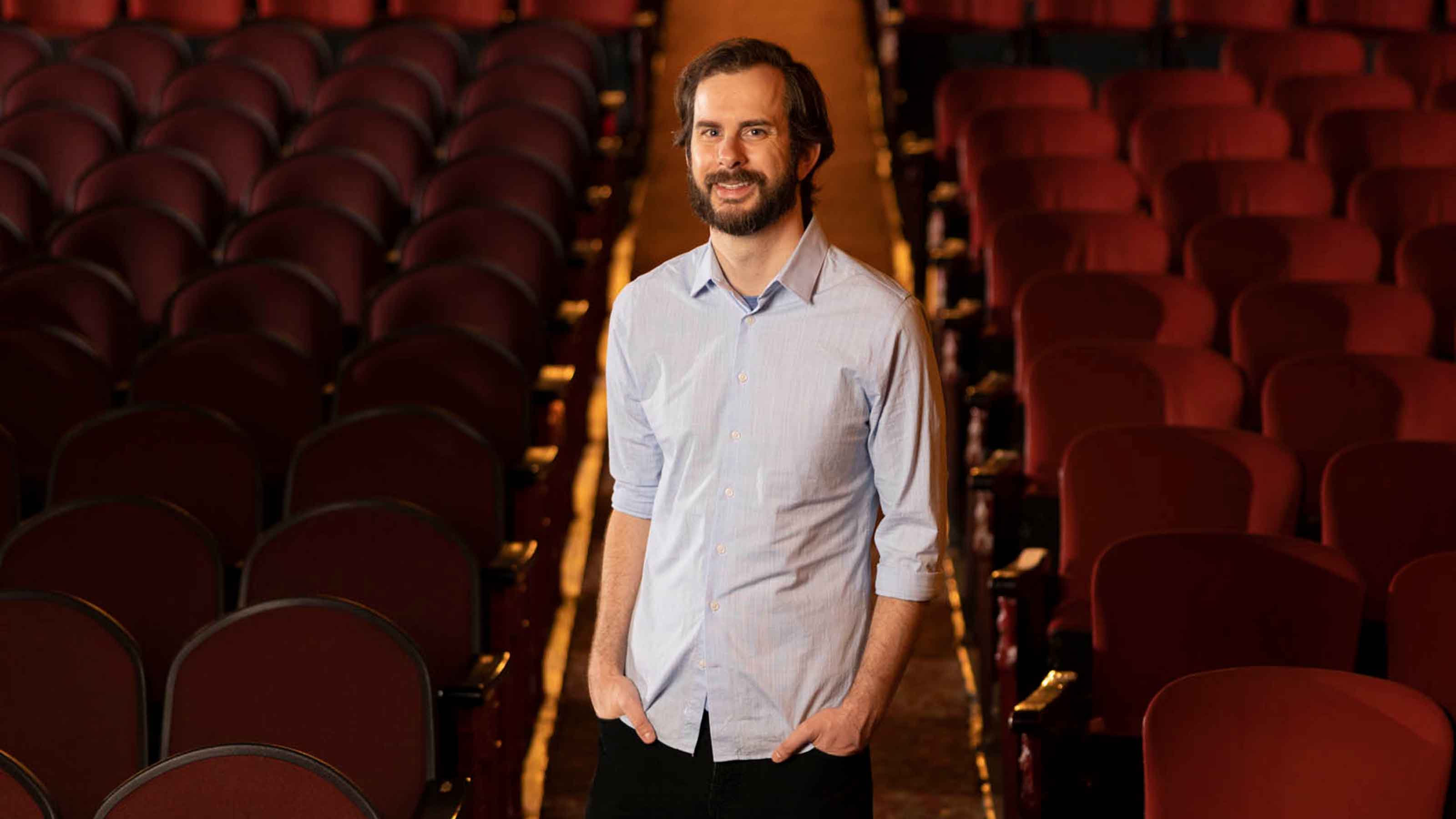 The Golden Age of Cinema Endures
The Golden Age of Cinema Enduressmall business About as old as talkies, the Music Box Theater has had to find new ways to attract movie lovers.
-
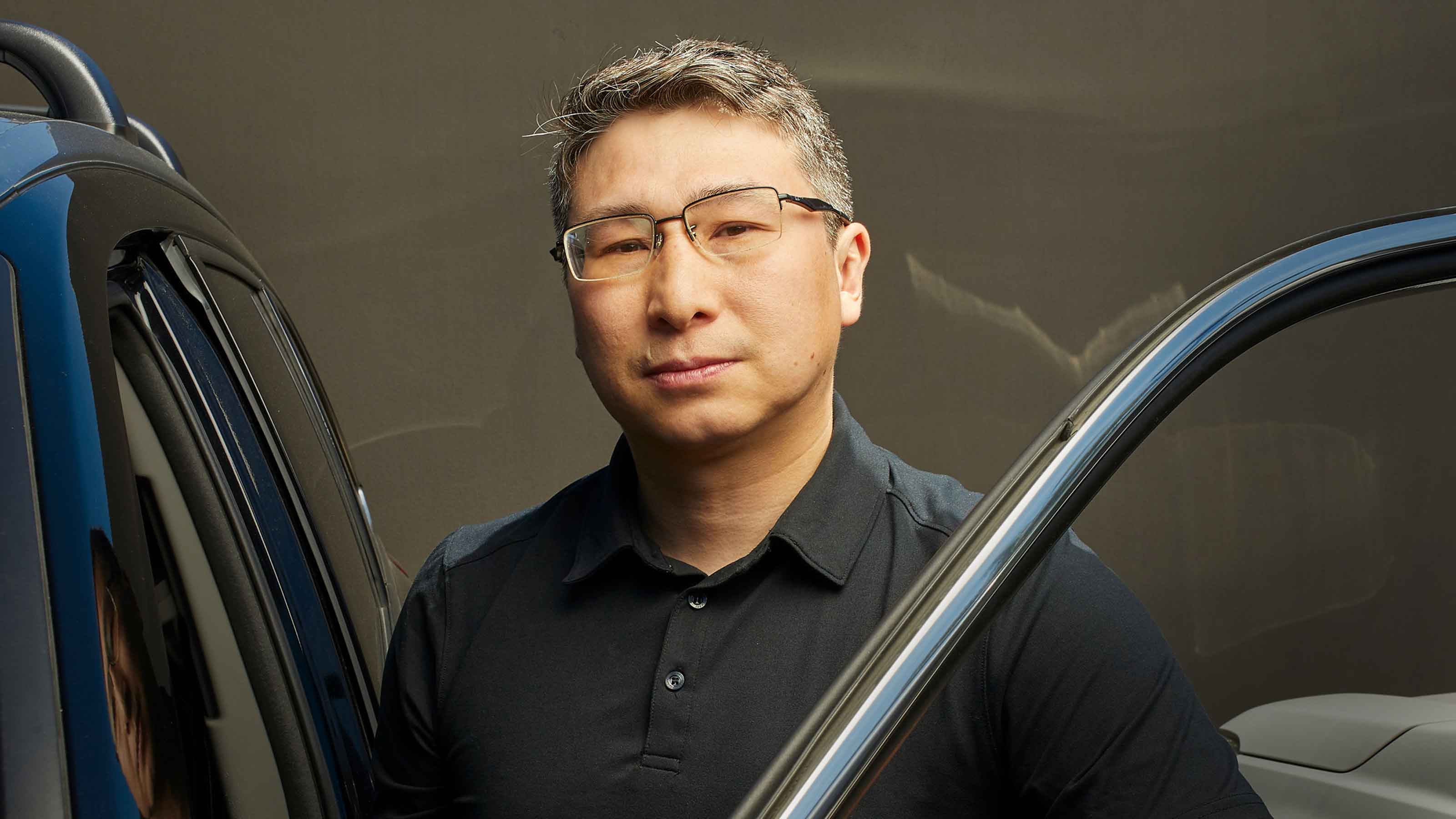 Pricey Gas Derails This Uber Driver
Pricey Gas Derails This Uber Driversmall business With rising gas prices, one Uber driver struggles to maintain his livelihood.
-
 Smart Strategies for Couples Who Run a Business Together
Smart Strategies for Couples Who Run a Business TogetherFinancial Planning Starting an enterprise with a spouse requires balancing two partnerships: the marriage and the business. And the stakes are never higher.
-
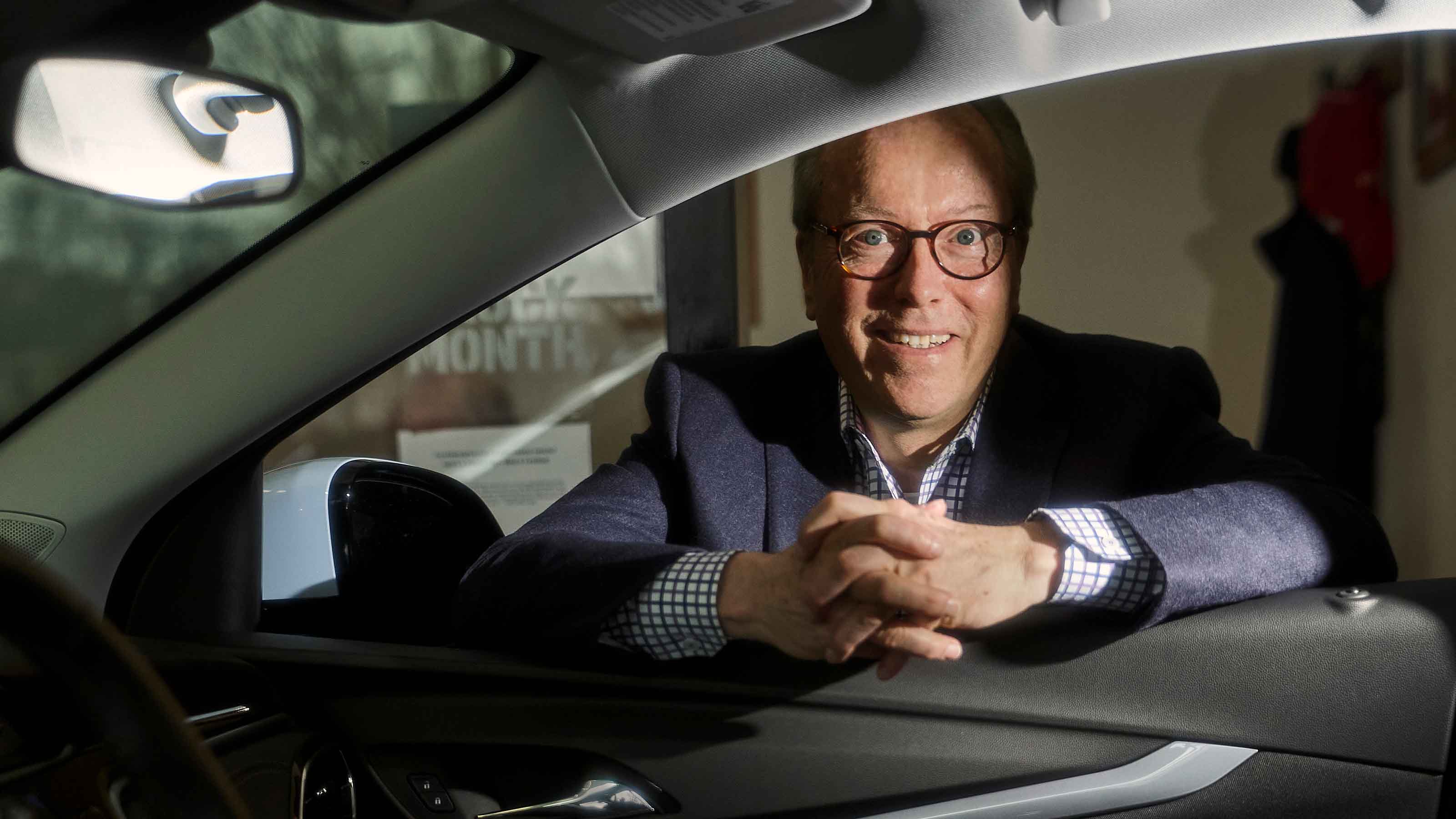 Fair Deals in a Tough Market
Fair Deals in a Tough Marketsmall business When you live and work in a small town, it’s not all about profit.